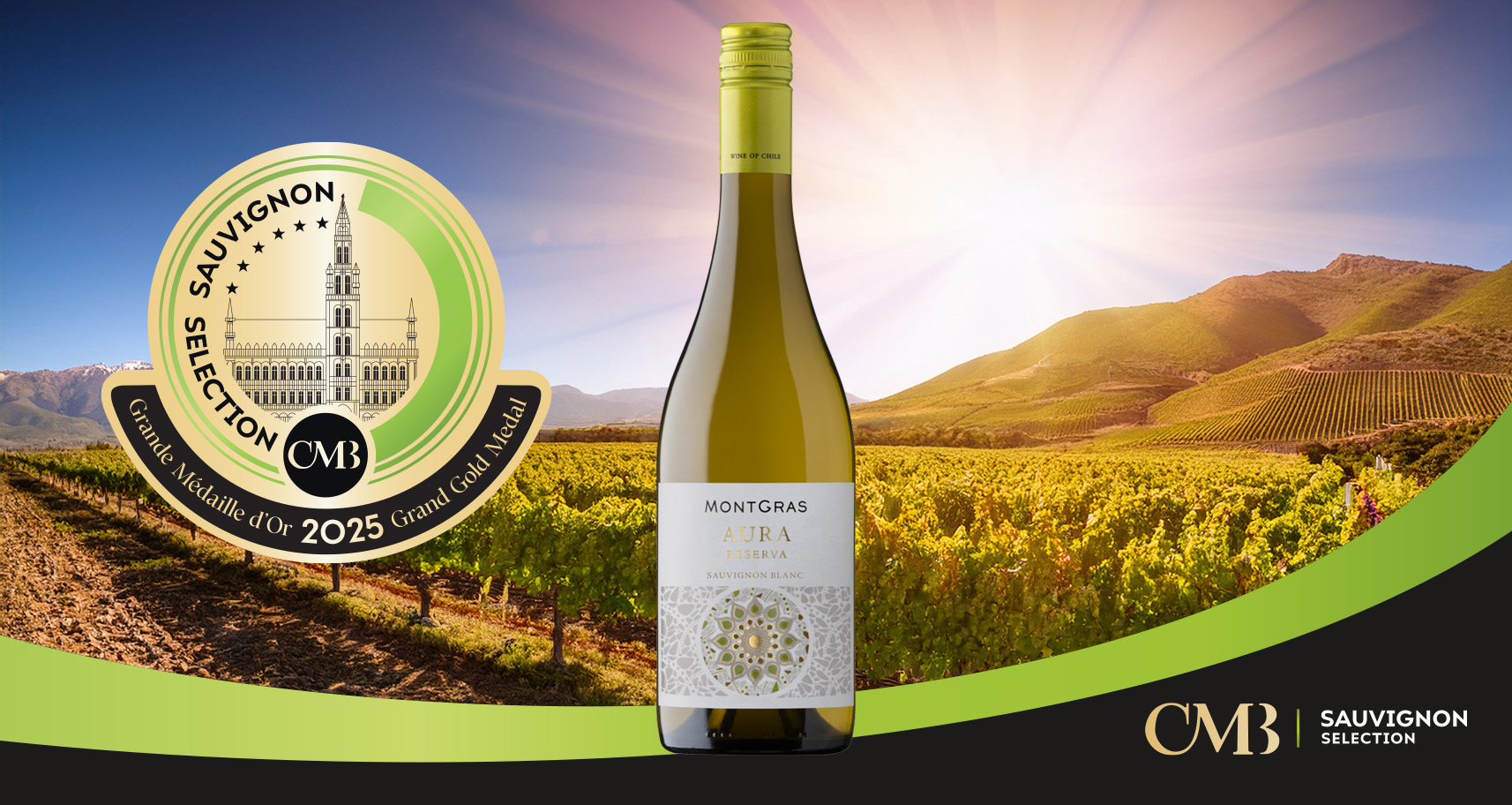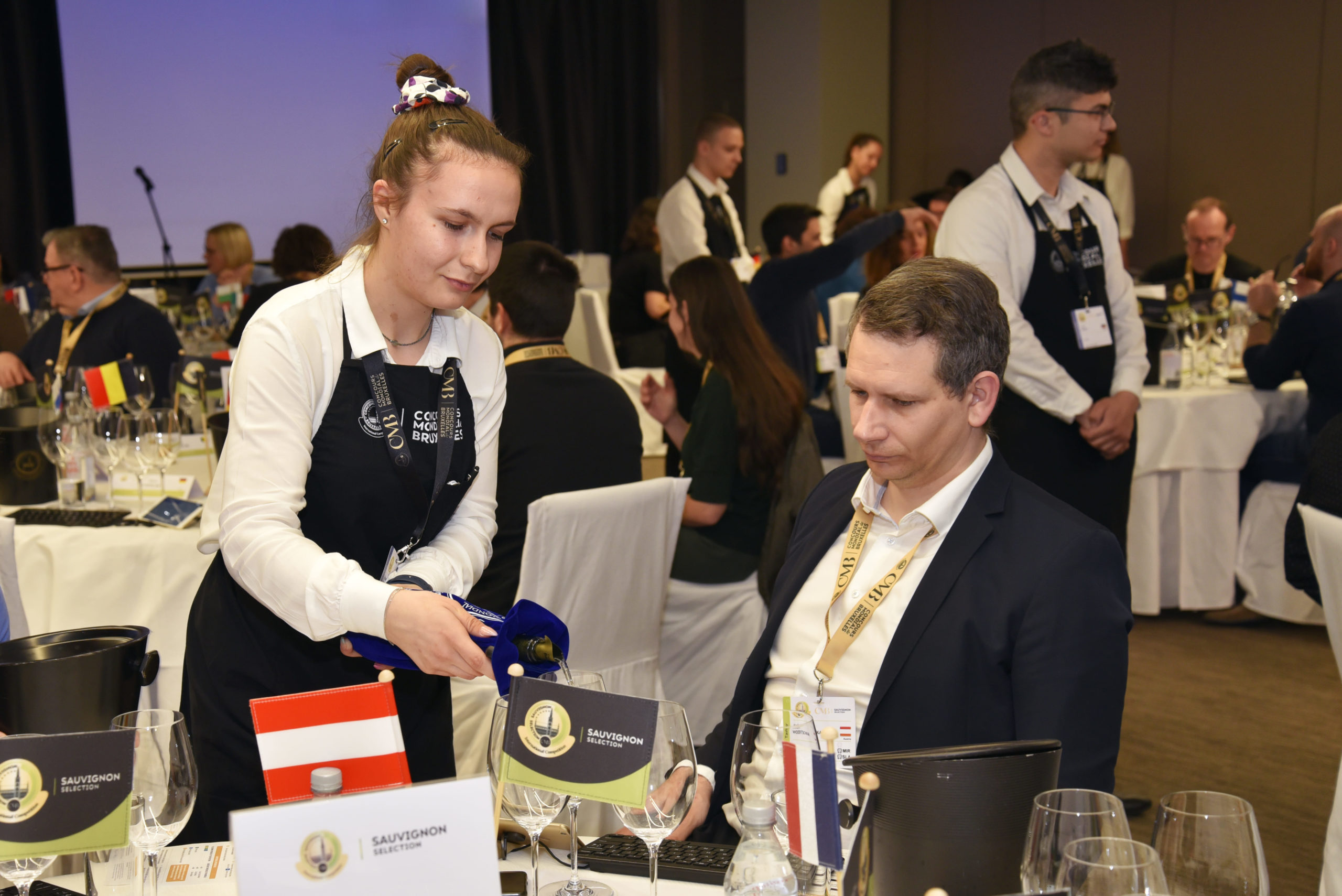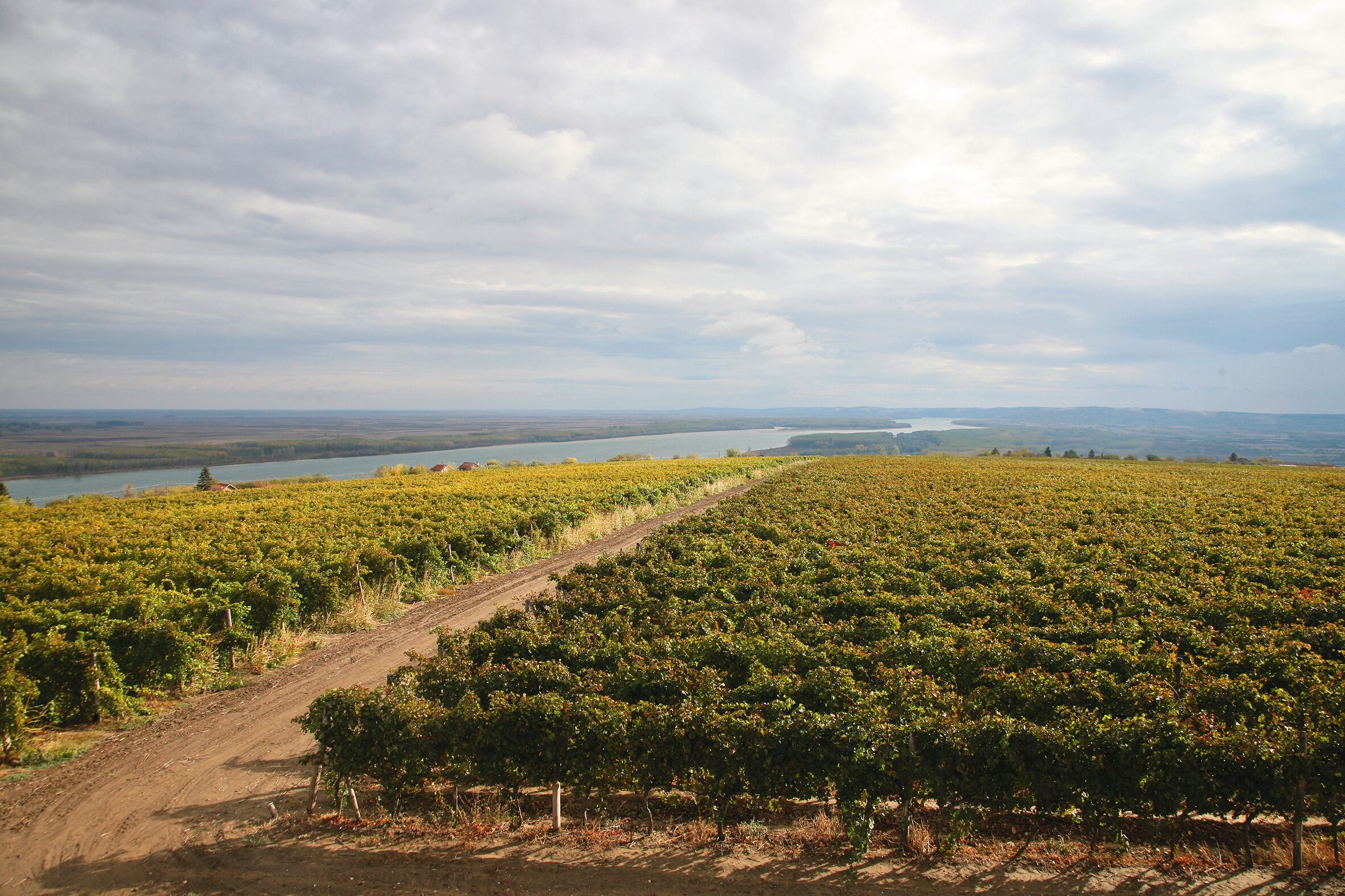LOIRE VALLEY – TOURAINE
INTRODUCTION TO FRANCE
Sauvignon blanc is the third most planted white wine grape variety in the world, covering 123,000 hectares. It ranks after Airen (218,000 hectares, used mainly for producing brandy) and Chardonnay(210,000 hectares), its main rival, although the pace of growth for Chardonnay has slowed. The 15th most planted vitis vinifera variety in the 1990s, Sauvignon hasnow risen to 8th place, with acreage rising by over 3% in the last 15 years.
LOIRE VALLEY – TOURAINE
AOC Touraine Sauvignon blanc shows a degree of fruity exuberance with notes of citrus, white fruit, blackcurrant bud and some exotic touches. Its substantial freshness is counterbalanced by its aromatic intensity. Touraine grows over a mosaic of soils covering the limestone bed rock. Sauvignon blanc can be complemented by a touch of Sauvignon gris. When thiol content reaches its peak, harvesting begins and winemaking techniques aim to preserve this primary aromatic. Use of oak is uncommon, although some winegrowers are experimenting with it, more for its micro-oxygenation effect than for its aromatic potency. The wines are designed to be drunk young, through to 36 months old.
White wines produced within the two village- designated appellations Touraine-Chenonceaux (110 hectares) and Touraine-Oisly (30 hectares) are made entirely from Sauvignon blanc. Their vineyard sites are warmer and well-drained, so the grapes have to be slightly riper to produce more exotic profiles, greater power, higher alcohol, more volume and greater complexity. For similar levels
of ripeness, the growing cycle is longer, instilling greater complexity in the wines which are generally matured on the lees for longer. Their ageing potential can reach 6 or 7 years.
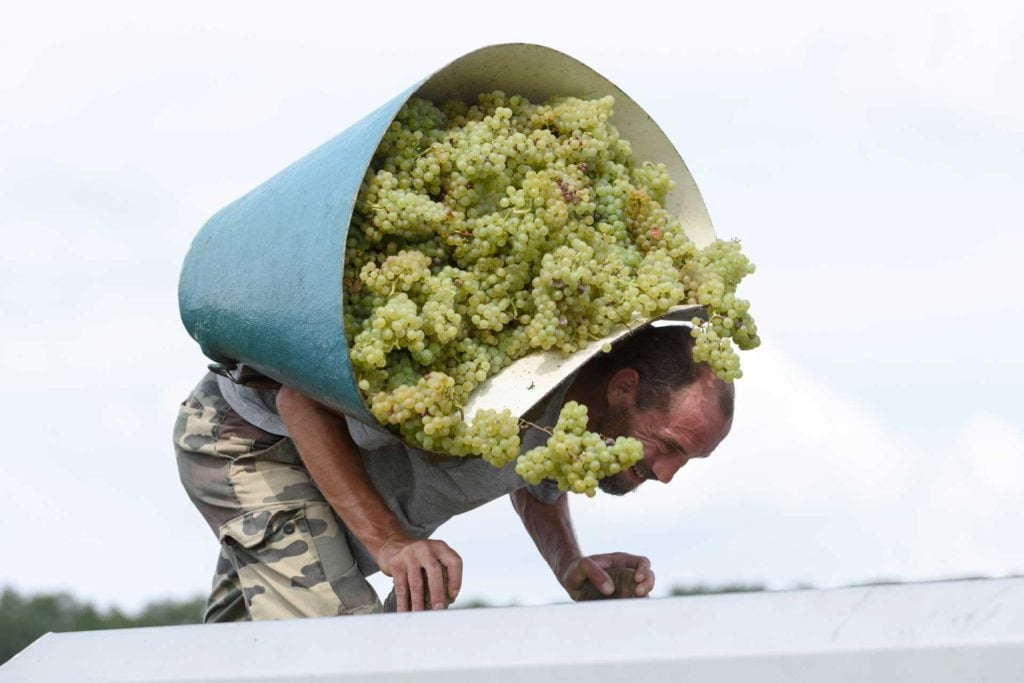
Sauvignon blanc acreage expanded in Touraine at the turn of the 20th century, starting in the small village of Oisly, then spreading to the surrounding area from the 1970s. It now extends over 2,800 hectares.
Sauvignon blanc is used to make the following appellations and geographical indications: Touraine, Touraine-Oisly, Touraine-Chenonceaux, Touraine- Mesland, Haut-Poitou as well as white IGP Val de Loire.
Touraine and its two main village-designated appellations for Sauvignon blanc, Touraine-Oisly and Touraine- Chenonceaux, produce most of the Sauvignon blanc in the Loire Valley (excluding the Centre). It only plays a minor role in the Touraine-Mesland appellation area. Sauvignon Blanc shows differing features depending on whether it is produced in the Touraine appellation or in the two leading village-designated appellations, Touraine-Chenonceaux and Touraine-Oisly, that were recognised in 2011.
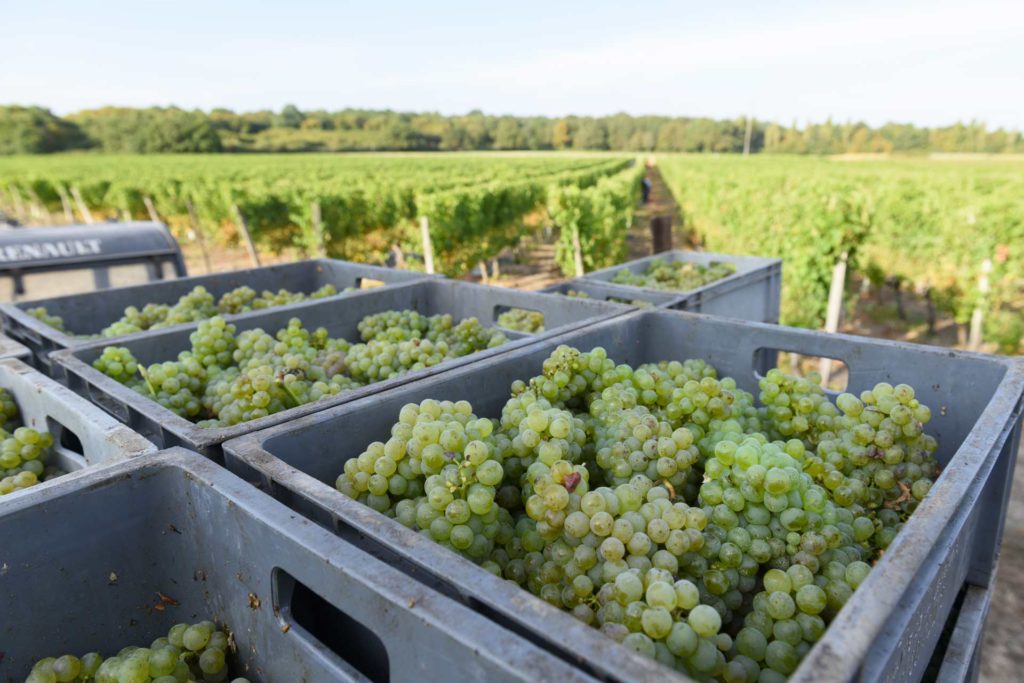
Wines from Chenonceaux are more rounded and powerful as a result of warm vineyard soils of sand and deep clay in the eastern part and predominantly limestone, often in the form of outcrops, in the rest of the area.
Wines from Oisly are more tense due to the fact that the clay-rich soils entail less water stress for the vine as they retain water.
One in five bottles of Touraine Sauvignon blanc is exported, mainly to the UK, the USA, Belgium and Canada.
IGP Val de Loire produces approximately 75,227 hl of Sauvignon blanc. The average price of IGP Val de Loire Sauvignon blanc retailing in supermarkets underscores its move upmarket over the last ten years, rising from an average of 2.90 euros in 2010 to 4 euros in 2019.
Gabrielle Vizzavona
Every month, a different producer country will be featured, from the classics such as France and New Zealand to more unexpected destinations such as Austria or Spain. For the next one, we stay in France with Touraine and Bordeaux.
